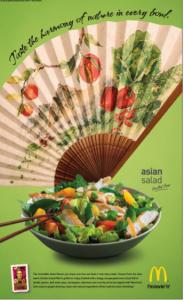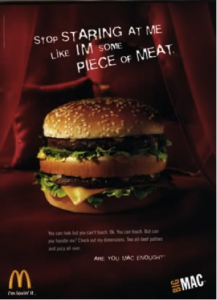One thing that caught my attention in our recent social enterprise class was when James Taney mentioned coffee’s enormous carbon footprint. I was astounded that such an insignificant item could compete with the carbon footprint of, say transportation. For instance in the Green Living Blog, the author claims that if you were to drink three large lattes a day over a year this would produce as much carbon as flying half way across Europe. One social enterprise that has made it their mission to reduce carbon in our atmosphere by providing delicious coffee is Tiny Footprint Coffee. This may seem counter productive, but for every pound of coffee someone buys from this business, they are helping replant the Mindo Cloudforestin Ecuador – trees that remove 54 pounds of carbon from the atmosphere per year.
According to The EcoSpheric Blog, if you take into account the four pounds of carbon it takes to produce and transport Tiny Footprint Coffee and the 54 pounds of carbon that the new planted tree absorbs, you are actually removing 50 pounds of carbon a year by purchasing this coffee!
Although, Tiny Footprint Coffee’s social contribution doesn’t end there. In addition, the development of the Mindo Cloudforest Foundation– the organization responsible for tree-planting- provides jobs for people in the local communities; therefore, improving their quality of life. This is an unbelievable example of a social enterprise that is able to make a profit through
the sale of their coffee, but also have a huge impact on the environmental and social issues in a developing community. Contrary to popular belief, this company proves that business and environment aren’t always in opposition.













 already attempted by
already attempted by 



